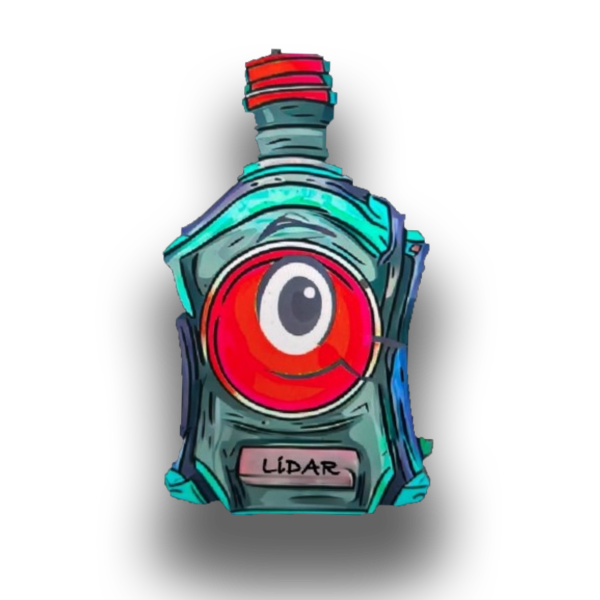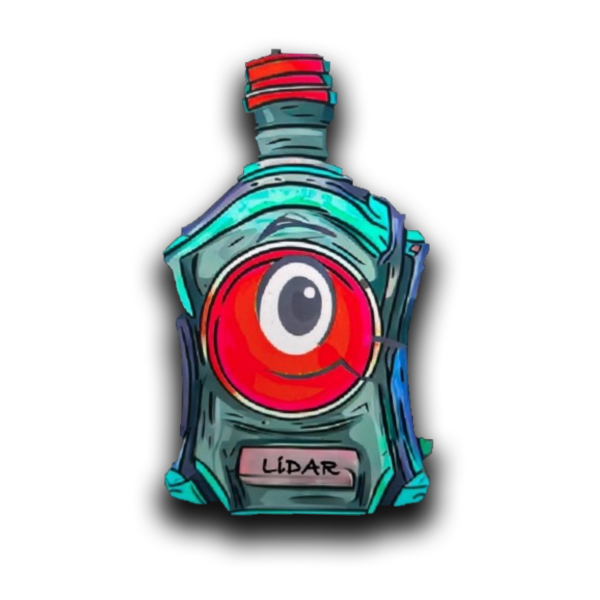LOOQ Q-CAM
CONTACT US TO REQUEST A QUOTE
The Looq Platform is both a field capture approach and processing workflow—neither could be as effective individually as they are when combined—each had to be as highly refined as the other.
The qCam has 4 cameras, GNSS+IMU, lights, and is operated via the phone attached.
The capture component is the qCam system which creates high-resolution 3D models with automatic georeferencing from built-in GPS/IMU. Combined with the automated cloud processing solution (qAI) and immersive web application (qApp), you can analyze data and extract information for surveying, utility, infrastructure, and construction needs.
“Everything is U.S. sourced, or made by us,” said Dominique Meyer, PhD, co-founder & CEO of Looq AI. “Integration of all components, assembly, and quality control, are managed directly by us. This means we've got great customer support and ensure that all aspects of the product are reliable.”
The qCam is a handheld unit, with four cameras (one on each side, one facing forward, and one tilted upwards). It has an air travel-compatible battery (you put it on your belt), and you do data transfers via Wi-Fi. At first glance, it sounds like so many other camera-based capture systems—but then it gets interesting…
There is a survey-quality helical antenna on top and a GNSS+IMU unit inside. I was heartened to find out that they chose to go with high-quality GNSS+IMU boards from Septentrio, a GNSS product manufacturer of high repute. It wounds my surveyor's heart to see many UAS and some (low-end) mobile and backpack mapping solutions opt for low-end boards. Meyer said that the standard workflow includes a post-processing (GNSS+IMU) step, the same as with high-end mobile and aerial mapping solutions.
Looq is particularly proud of the custom cameras they specified for external manufacture. They are protected under Gorilla Glass and capture 20 MP per frame. Depending on how fast you walk during capture, the Looq Platform might be capturing half a dozen snaps per meter. One advantage lidar might have over cameras is in shadows. To deal with such situations, the Looq Platform has a ring of lights around each camera; you turn them on in strobe mode. For instance, a water valve under a car, or curbs in the shade (we ran into both during the test drive).
I was shown the calibration room in their facility; optical targets of various kinds, and a robotic arm that puts every qCam through a test and calibration phase. “What we care about is optical quality,” said Meyer. “If you look at a security camera, for example, it has some lens defects that are minor, and that visually, you don't care about. But for the engineering grade precisions we are seeking, and to enable our software to work optimally, our cameras are very sensitive to that. We control everything very carefully: optical quality, from design, to manufacturing tolerances, to production, to make sure that the whole stack is seamless.”

